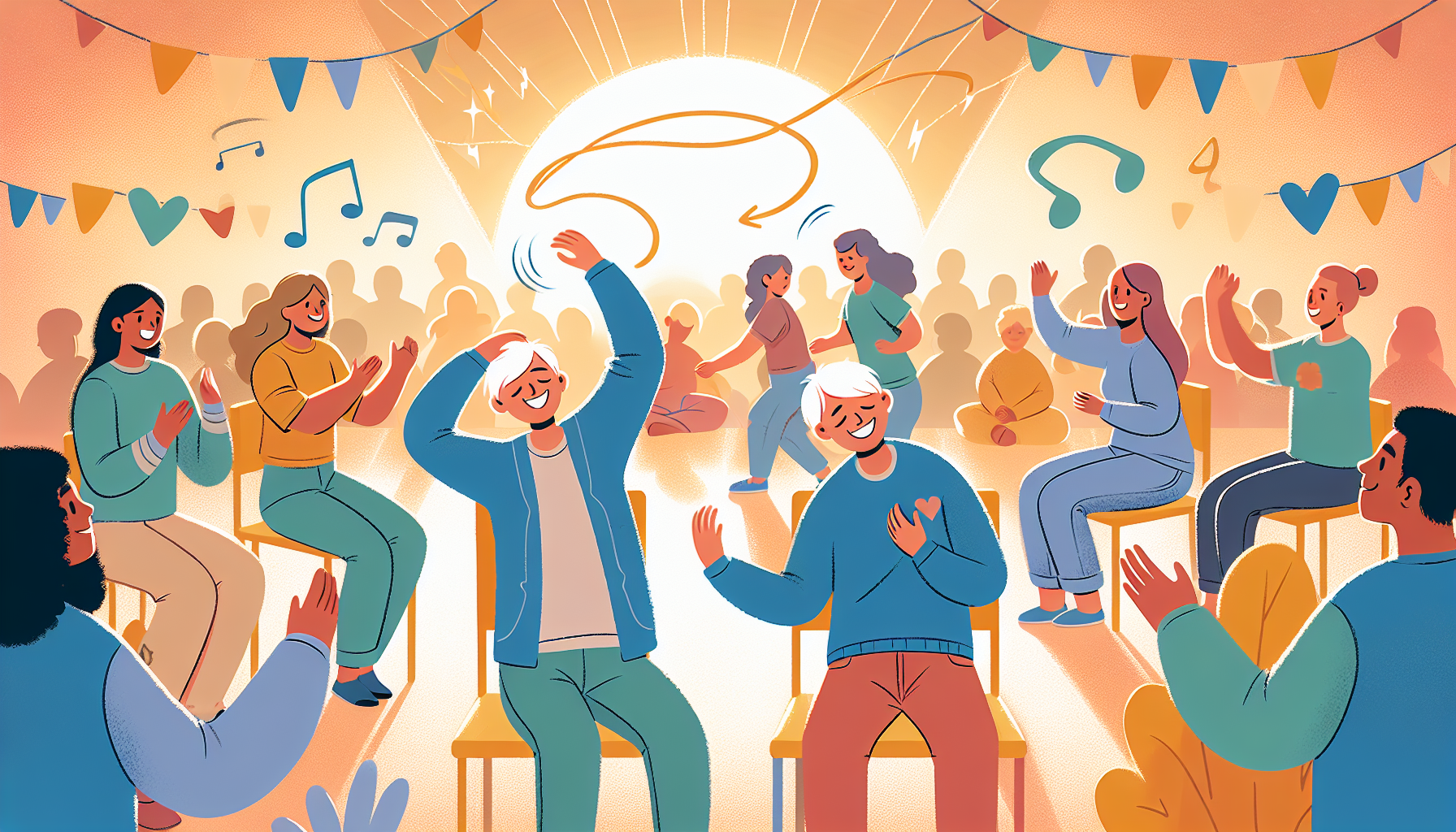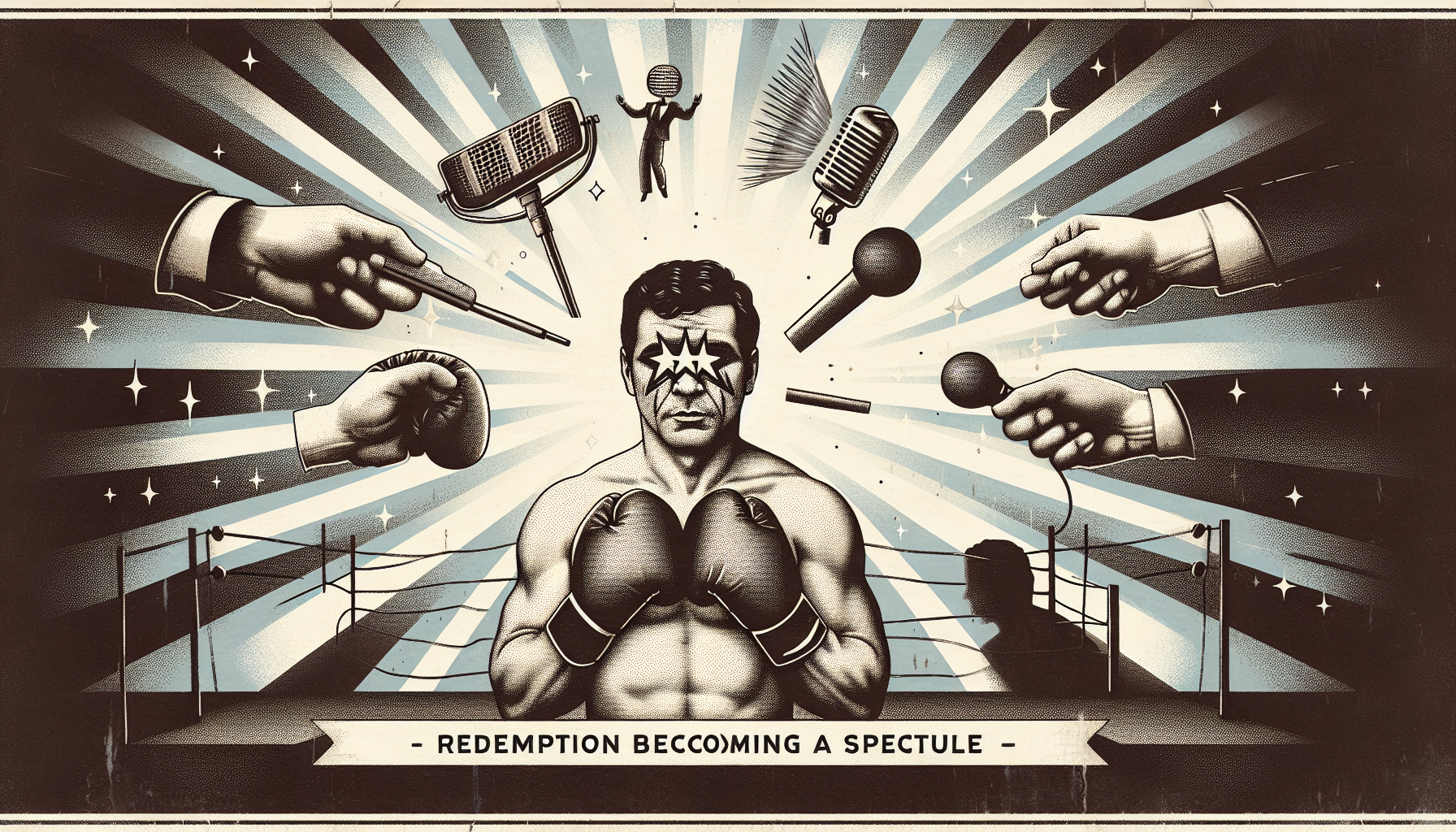Title: When Silence Is Support: Why Letting Autistic People Stim Is an Act of Respect
Dear readers,
Picture this: you're standing in line at a grocery store, and in front of you is a young boy rhythmically flapping his hands, softly humming to himself. A woman next to you sighs audibly and mutters, “Why isn’t his mother doing something?”
Now, pause.
What if that movement—the hand flapping, the humming—wasn’t a sign of misbehavior or withdrawal, but a lifeline? A mechanism by which this child is anchoring himself amid the sensory storm of fluorescent lights, rustling bags, beeping scanners, and overlapping conversations?
What if the child was autistic, and he was stimming?
And what if, in that moment, the most compassionate thing any of us could do… was nothing?
Let’s talk about why.
The Function of Stimming: More Than a Quirk
“Stimming,” short for self-stimulatory behavior, can look like hand-flapping, rocking, spinning, humming, or repeating words and phrases. Autistic people often engage in these behaviors as self-soothing strategies to help regulate overwhelming sensory or emotional input.
To the untrained eye, this might look “odd” or attract concerned glances. But for an autistic person, stimming may be the dam that holds back a flood of sensory overload.
Think of it this way: Have you ever tapped your pen during a tense meeting? Bit your nails before a job interview? Played a song on repeat during a breakup?
That’s stimming, too—just socially accepted versions of it.
The Cultural Misstep: Policing Peace
Over the years, well-meaning adults—teachers, parents, even doctors—have seen stimming and thought: “This must be fixed.”
Children have been told to “keep your hands in your pockets,” to “use your indoor voice,” to “sit still.” They’ve been taught that their natural regulatory tools are socially inappropriate. The result? Suppression.
Aimee Grant, a Senior Lecturer in Public Health and Wellcome Trust fellow at Swansea University, tells us plainly: suppressing stimming is a form of masking. And masking, whether conscious or not, is exhausting. It’s been linked to elevated anxiety, burnout—and heartbreakingly, even suicide.
The statistics back this up. Autistic people, particularly women and nonbinary individuals, often camouflage their differences to blend into neurotypical spaces. The cost of this invisibility? Their well-being.
A Personal Reframe: From “Why Are You Doing That?” to “You’re Okay Here”
I remember seeing a friend, diagnosed with autism in adulthood, who used to twist a rubber band around his fingers during long lectures. A professor once asked him to “stop fidgeting—it’s distracting.” He complied silently.
Years later, he confided in me: “That band was the only reason I could sit through the lecture without crying.”
Today he carries a stim toy shaped like a keychain. And if he’s in public and someone stares, he stares back.
It’s not rebellion. It’s survival.
Lessons We Should’ve Learned By Now
-
Stimming isn’t the problem. Our discomfort is.
Let’s not confuse unfamiliarity with danger. Just because a behavior looks different doesn’t mean it’s wrong. -
Intervention should be the exception, not the rule.
Only if a stim is self-injurious—or poses a direct risk—should gentle redirection or alternative stimulation be considered. Otherwise, hands off. Literally. -
Acceptance leads to flourishing.
When autistic people are allowed to stim openly, they often report feeling more grounded, authentic, and connected. Some even find their “stim communities” where bonding happens through shared rhythms and sensory preferences.
Just imagine that: Connection through movement. Belonging through bouncing. Harmony through humming.
We need more of that in the world.
Seen and Left Alone
So, next time you're at a bus stop, in a classroom, or scrolling your social feed, and you see someone stimming—don’t turn away. Don’t lean in to correct. See them.
Then… leave them be.
Because our society doesn't need more conformity. It needs more acceptance.
And sometimes, the most radical act of inclusion is silence.
Yours tenderly and truthfully,
An Observer of Patterns & Permission

